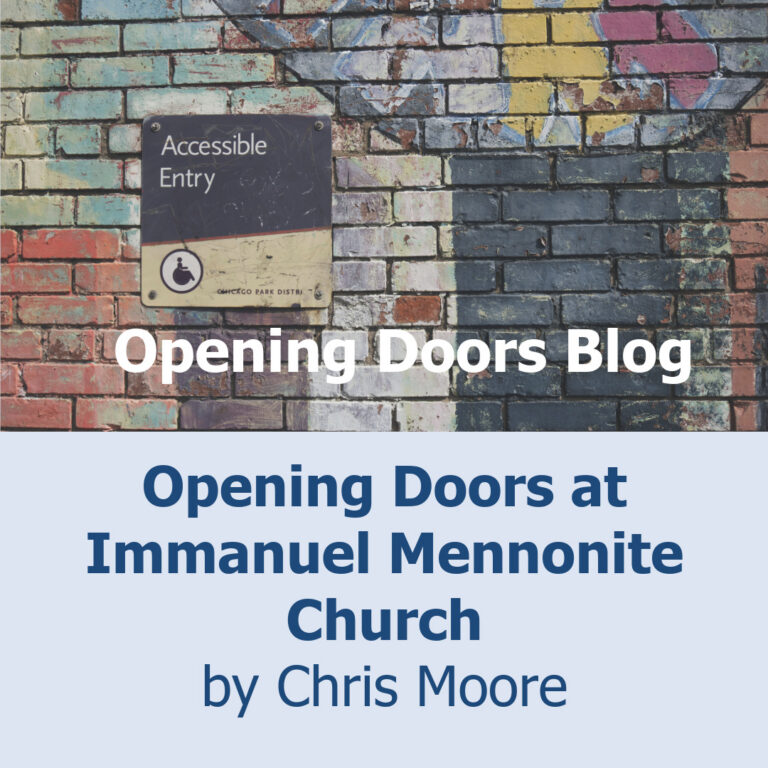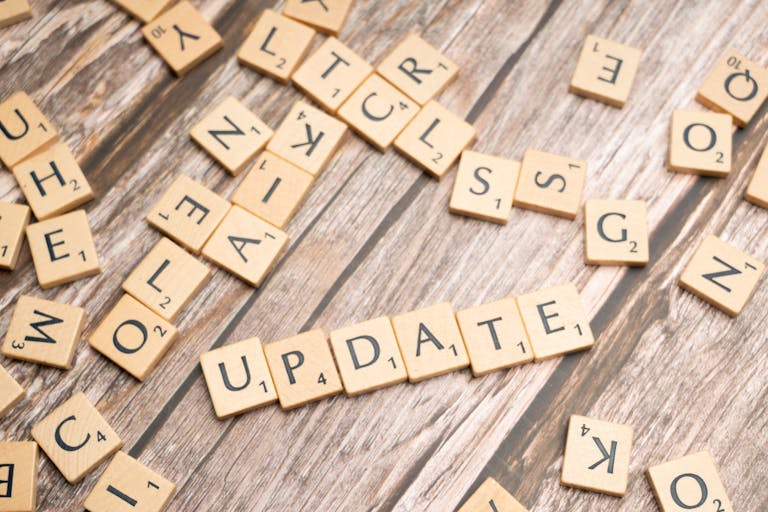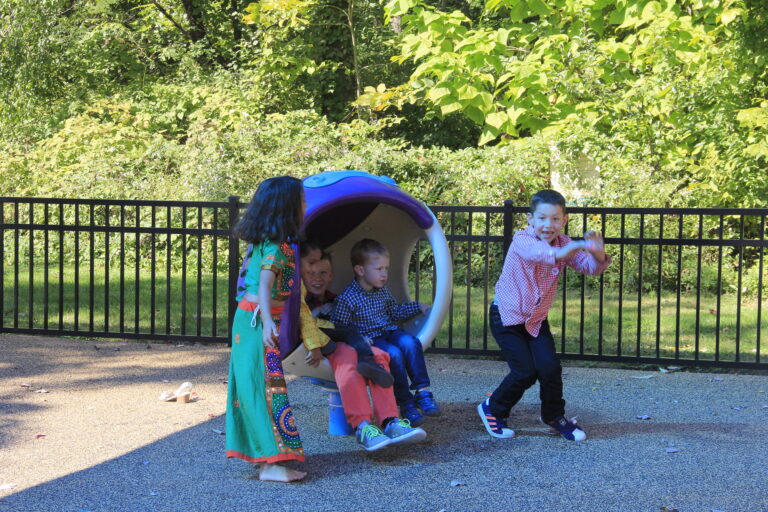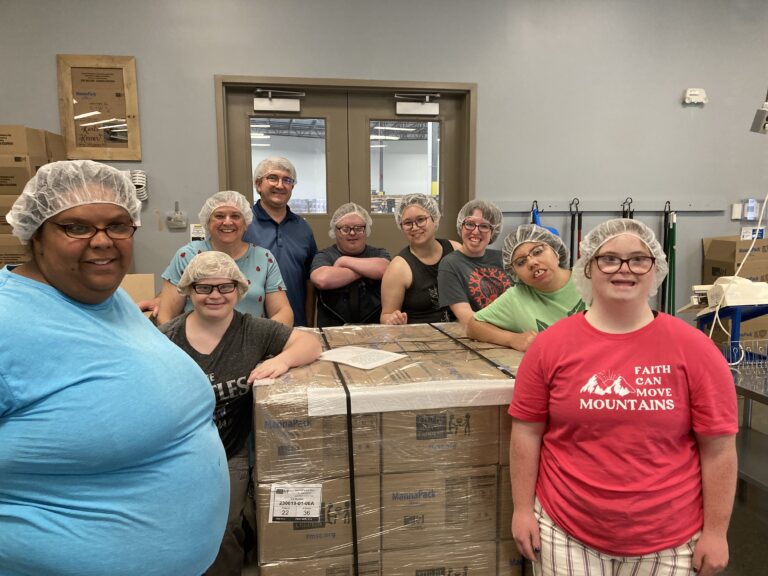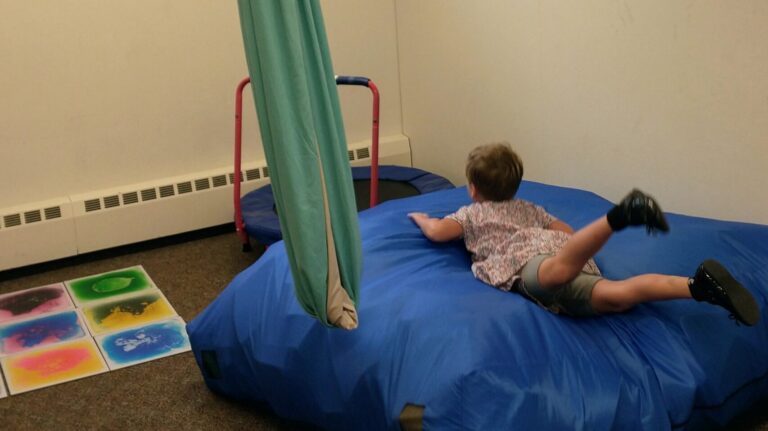Fostering Spaces of Advocacy
Author’s Note:
Check out ADN’s Accessibility Survey here. We recommend printing the PDF to fill in the survey with your congregation, then using it as a guide to complete the online survey. Congregations who complete the online survey will receive feedback from ADN, highlighting ways they have taken great strides in accessibility and offering areas to grow. Additionally, congregations receive an Accessibility Seal to place on their website that reflects the areas of accessibility in which they excel.
In January 2023, Waterford Mennonite Church completed Anabaptist Disabilities Network’s (ADN) Accessibility Survey. I spoke with Katie Misz, pastoral team member at Waterford, to learn more about the congregation’s process with the survey. Pastor Katie shares insights into creating an accessibility team, fostering a safe space for participants, and using the survey to plan next steps toward greater accessibility and inclusion.
What led your congregation to decide to survey your accessibility?
Last autumn, our congregation passed a statement of inclusion, and we planned a formation series about including people on the margins. One of those areas was about people with disabilities, so we worked with ADN to do the accessibility audit and present the results to the congregation.
How did you approach filling out the survey?
First, I met with Emily Hunsbaker, the communications director at ADN. We reviewed the overarching goals of the congregation and then sent invitations to people we thought would be interested in working together to complete the survey. We invited persons from our congregation who are impacted by the accessibility categories in the survey (mobility, hearing, low vision/blindness, and support). We wanted to give space for those with experience in these areas to give feedback. Knowing that coordinating with a lot of people would be difficult, we met twice to give the best chance of everyone attending at least one meeting.
Each time our group met, we spent time eating snacks and getting to know one another. Then we created two groups led by Emily and me. Each group tackled one section of the survey. During the last 15 minutes of our meeting, we gathered to discuss our final thoughts and ideas that had arisen as we walked through the survey.
What joys arose during the audit process?
Some people were very grateful to be asked and had a lot of advice, experience, and suggestions to offer. It seemed as if they felt empowered and heard by knowing this audit was an official thing that Waterford was doing and not just another conversation that wouldn’t go anywhere.
Additionally, the accessibility group involved people of various ages, and we all found an intersection with mental health. Many group members didn’t realize mental health was part of ADN’s work. It turned out that a lot of us had experienced mental health treatment. Connecting through our shared experience with mental illnesses was healthy.
What challenges did you face during the process?
As a pastor and church leader, I must be open to receive feedback about how things have gone in the past and shortfalls that have occurred. I need to be vulnerable and allow others to share with me. Their braveness to share their experiences is more important than my pride in that moment.
As a group of people with disabilities, we have overlapping and opposing needs. Someone was feeling claustrophobic in our small meeting room while another was hearing impaired and needed to meet in a contained space. We had to figure out how to care for both in the moment and find a creative solution to recognize and care for everyone. Our group had to figure out how to meet each other’s needs while also creating a space for everyone to grow.
We tried to keep meetings to 1.5–2 hours, but we easily could have lengthened those times, as many questions led to further reflections, stories, and processing by the group. These conversations were healing and helpful. We were pressed to complete the survey in the allotted time while also making space for the valuable relationship building and sharing.
Making building updates to become more accessible costs quite a bit of money. While we can add these updates to our future building maintenance plan, it is frustrating to wait to have enough money before we can make some of the needed changes to become more physically accessible.
What surprised you during the process?
I was surprised at how readily people accepted the invitation to be part of this group! As a pastor, I ask a lot of people to be on committees or fill roles in the congregation. These were the most instant “yeses” I have ever received. The committee also wanted to continue meeting to take next steps on the issues that were named and really took ownership in making changes to all areas of accessibility, not just the category that they were in.
What are your congregation’s next steps on your accessibility journey?
This process helped to reprioritize having a disability advocate in our congregation. It’s always been important, but this prompted us to find a replacement for the advocate who stepped down last year.
We sent the survey results to our Facility Finance Team to review as they make plans for facilities updates. Our next project is to improve our fellowship hall, including multiple areas of accessibility.
During our formation series, evening meetings, and some Sunday School classes, we have been experimenting with small signs that congregants can hold up when they struggle to hear what is being said. The signs say “Speak Slowly” on one side and “Use the mic; Show your Lips” on the other side. We want to get used to responding to people’s needs in the moment so everyone can participate fully in worship and meetings.
Finally, we recently began a Young Adult Neurodivergent Support Group that meets one evening a month. We noticed that our young adults were looking for community, and that some needed more support and care as they transitioned from high school to adulthood. Anyone with autism, ADHD, mental illness, or other neurodivergence is invited to attend, and the group focuses on building community while also building skills to thrive in a world not built for their brains.
Do you have any advice for congregations that are thinking about doing the accessibility survey?
Logistically, I’m glad we filled out the survey on paper before doing the digital form. This allowed us to split into groups and move around the church building to look at each category of the survey with the survey in hand.
Know that the survey is totally doable. It may seem cumbersome, but it is not too much to take on, and it fosters helpful connections and life-giving conversations. Don’t be afraid of it. Also, snacks are always a good idea when meeting as a group.
ADN staff are available to help. Don’t be shy to reach out to ADN if you need support, consultation, or help completing the survey.



